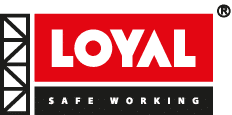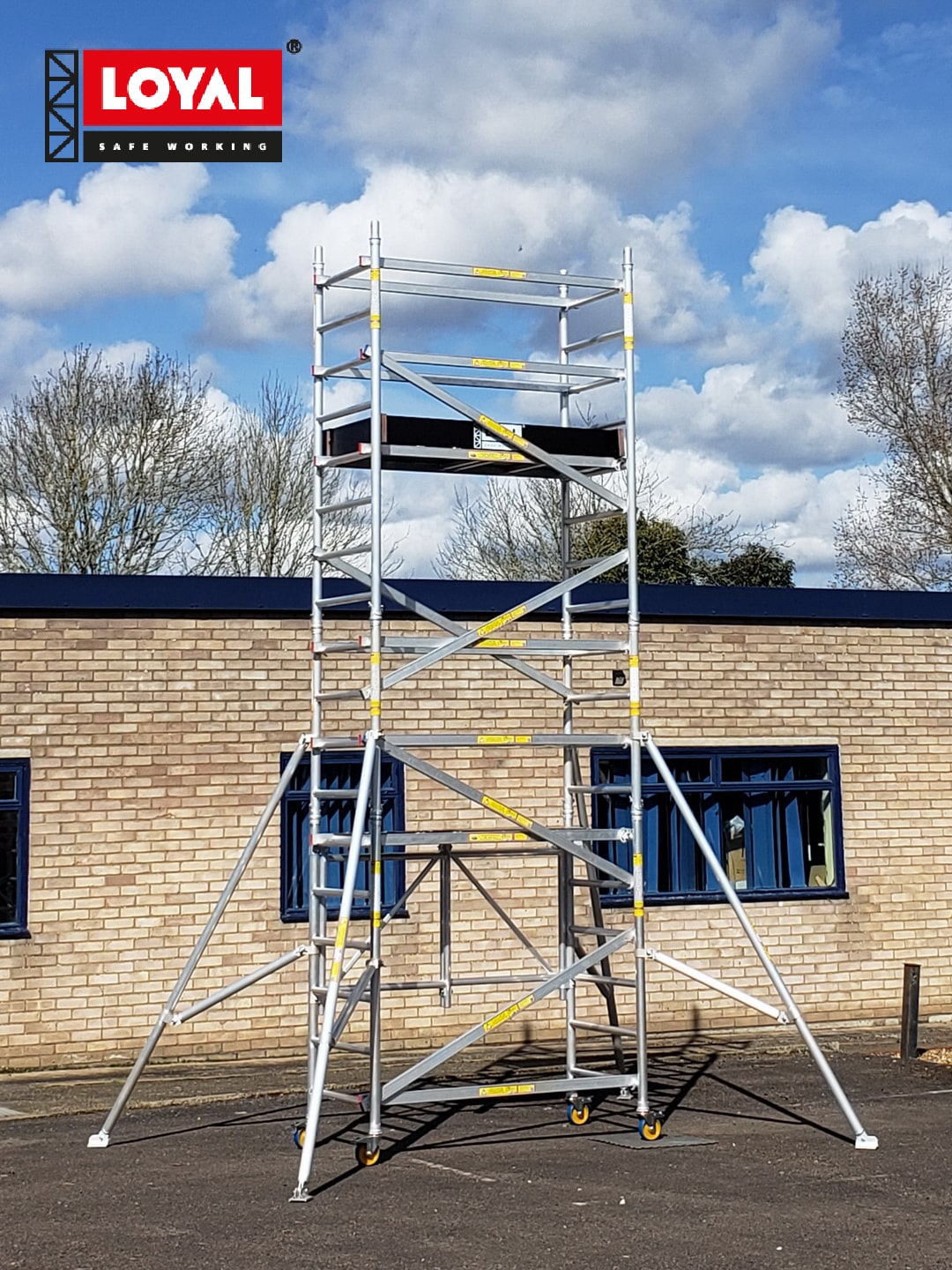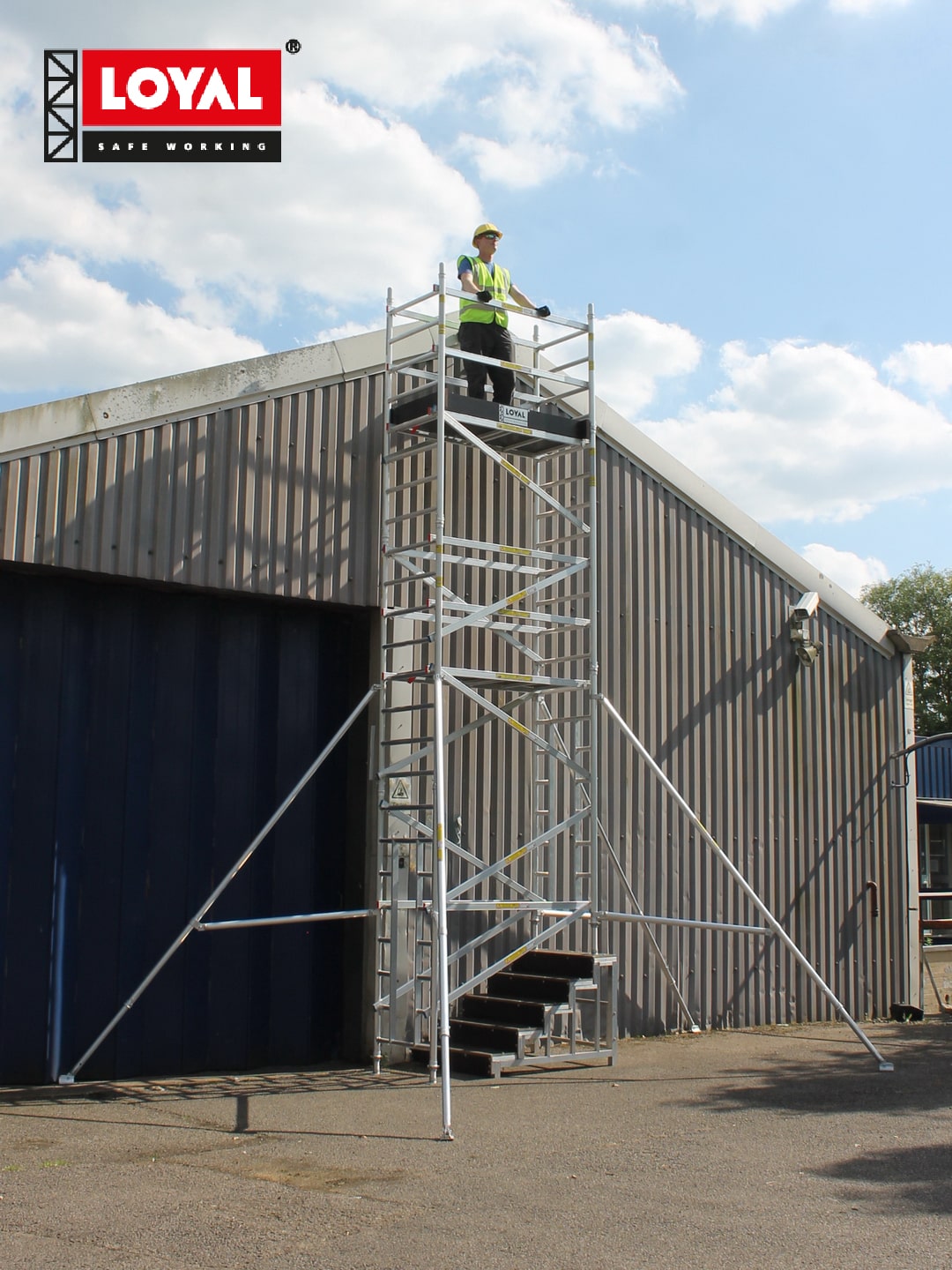No products in the basket.
Blog
What Is a Scaffold Tower? Your Complete Guide to Safe and Efficient Work at Height
Whether you’re a professional tradesperson or a keen DIYer, working safely at height is essential. While ladders have their place, they often fall short in stability, workspace, and safety for longer or more complex jobs. That’s where a scaffold tower becomes the smarter, safer solution.
In this guide, we’ll explain what a scaffold tower is, how it differs from traditional scaffolding, explore its components, types, benefits, and safety rules, and help you choose the right one for your project.
🧱 What Exactly Is a Scaffold Tower?
A scaffold tower (also known as a mobile scaffold, aluminium tower, or access tower) is a freestanding, modular structure used to provide a safe and stable elevated working platform.
Unlike fixed scaffolding that wraps around a building, scaffold towers are lightweight, portable, and designed for quick assembly and disassembly. Think of it as a secure, movable workspace that lifts you and your tools to the perfect working height.
Most scaffold towers in the UK are made from aluminium because it’s lightweight, rust-resistant, and durable, though steel models are available for heavy-duty industrial use.
⚙️ Key Components of a Scaffold Tower
Understanding how a scaffold tower works starts with knowing its main parts:
- 🪜 Frames: Vertical ladder-like sections forming the tower’s skeleton. They stack to reach the desired height.
- 🔗 Braces: Diagonal or horizontal cross-braces that connect frames, ensuring rigidity and preventing sway.
- 🪵 Platforms (Decking): The standing surface, usually aluminium or steel, fully boarded to prevent tools falling through.
- 🧩 Guardrails: Installed around the platform to protect users from falls — including top rails, mid-rails, and toe boards.
- 🛞 Base Plates & Castors: Distribute weight evenly. Castors provide mobility but must lock firmly during use.
- ⚖️ Stabilisers / Outriggers: Extendable supports for taller towers, improving stability and preventing tipping.
Each element plays a vital role in keeping the tower strong, steady, and safe.

Scaffold Tower Components
🧰 Scaffold Tower vs Traditional Scaffolding
While both give access at height, their design and purpose differ significantly:
| 🔍 Feature | 🧰 Scaffold Tower | 🏗️ Traditional Scaffolding |
|---|---|---|
| Structure | Freestanding, modular | Fixed and tied to a building |
| Mobility | Portable on castors | Stationary once erected |
| Assembly | Quick — 1 or 2 people | Complex — requires trained scaffolders |
| Ideal Use | Maintenance, decorating, short-term work | Large-scale, long-term builds |
| Cost | Lower hire/purchase cost | Higher labour and material cost |
👉 In short: choose a scaffold tower for short-term, mobile, or indoor projects — and traditional scaffolding for major construction works.
🏗️ Main Types of Scaffold Towers
Different projects require different tower designs. Here are the most common types available in the UK:
1️⃣ Standard Frame & Brace Towers
The traditional tower setup with vertical frames and cross-braces. Reliable, cost-effective, and ideal for general construction or maintenance.
2️⃣ Advanced Guardrail (AGR) Towers
The latest in scaffold safety. AGR towers include built-in guardrails that rise automatically as the tower is assembled. This ensures the user is always protected — even during setup — fully complying with EN1004-1 safety standards.
3️⃣ Single Width Towers
Narrow towers designed for tight indoor spaces such as corridors and stairwells.
4️⃣ Double Width Towers
Wider platforms providing extra space and stability, perfect for outdoor painting, roofing, or rendering.
5️⃣ Stairway Towers
Feature internal stairs instead of ladders for frequent movement up and down, popular on large commercial sites.
6️⃣ Folding Towers
Quick to assemble and store flat, making them ideal for decorators, maintenance workers, and DIY users.
⚖️ Key Benefits of Using a Scaffold Tower
Why choose a scaffold tower over a ladder or other access equipment? Here are the top advantages:
- 🦺 Superior Safety: Guardrails and a large platform dramatically reduce fall risks.
- 💪 Exceptional Stability: A wide base and rigid frame prevent wobbling, even at greater heights.
- ⚙️ Quick Assembly: Modular design allows for easy build and dismantling.
- 🧰 Larger Work Area: Keep tools, paint, and materials at hand while working efficiently.
- 🚀 High Mobility: Lockable wheels make repositioning fast and safe.
- 🌦️ Weather Resistant: Aluminium frames resist corrosion, ideal for outdoor conditions.
- 🔁 Reusable Investment: Long lifespan and versatility make them cost-effective over time.
🛡️ Safety Standards and Best Practices
Safety is at the heart of scaffold tower use. In the UK, PASMA (Prefabricated Access Suppliers’ and Manufacturers’ Association) sets the benchmark for mobile tower training and safety.
✅ Follow These Core Safety Principles:
- 📚 PASMA Training: Anyone erecting or dismantling a tower should be PASMA-trained.
- 🚪 3T Method (Through the Trapdoor): Ensures users remain within a protected area during assembly.
- 🦺 ARA Method (Advanced Guardrail): Used for AGR towers where built-in guardrails provide continuous protection.
- 🔍 Pre-Use Inspection: Always check components for damage and ensure braces, platforms, and guardrails are locked securely.
⚖️ Regulations to Note
Scaffold towers must comply with BS EN 1004-1:2020, covering:
- 📏 Platform heights and spacing
- ⚖️ Load-bearing capacity
- 🦺 Guardrail and toe board dimensions
- 🔒 Safe access and stability requirements
The Work at Height Regulations 2005 also apply, requiring all work to be properly planned, supervised, and performed by competent individuals.
For reliable, compliant towers, visit Aluminium Scaffold Towers — trusted UK specialists in safe access equipment.
🧩 How to Choose the Right Scaffold Tower
Before purchasing or hiring, consider these key points:
- 📏 Height: Identify the maximum working height required — never stand on guardrails.
- 🏠 Environment: Indoors? Use castors. Outdoors? Opt for adjustable base plates for uneven ground.
- 🔧 Task Type: For frequent movement, choose a mobile tower. For confined areas, use a narrow-frame design.
- ⚖️ Load Capacity: Ensure the tower can support both workers and materials.
- 💰 Hire vs Buy: Hire for one-off projects; buy for regular use — a long-term saving.
🔧 Conclusion
A scaffold tower is far more than just a raised platform — it’s a safe, efficient, and versatile access solution that redefines the way you work at height. Understanding what a scaffold tower is, how it’s constructed, and the safety standards that govern its use is the first step towards working smarter and more securely on elevated tasks.
Whether you’re painting a ceiling, installing shelving, or carrying out routine maintenance, the right scaffold tower offers the stability, confidence, and convenience you need to complete every job safely and efficiently.
By choosing the correct tower and adhering to recognised safety practices, you’ll benefit from greater productivity, reduced risk, and reliable performance project after project.
Disclaimer: This article is for informational purposes. Always follow the manufacturer’s instructions and relevant health and safety regulations. When in doubt, seek professional training from a recognised body like PASMA.
Further reading:
Explore more ladders and towers at Aluminium Scaffold Towers UK.
Scaffold Towers UK: Complete Guide to Types, Applications & Safety (2024).
Learn more about DIY Tower Safety Tips
Assemble a scaffold tower to see how all components work together










